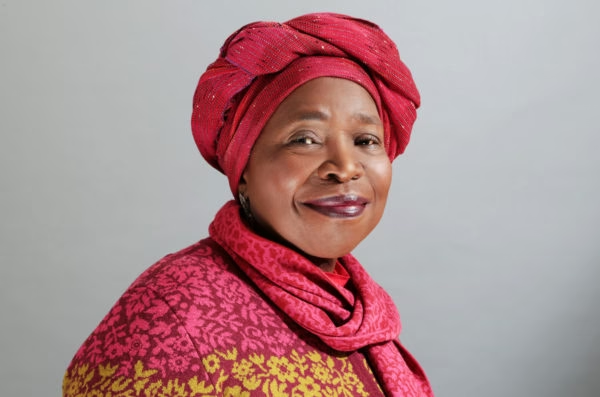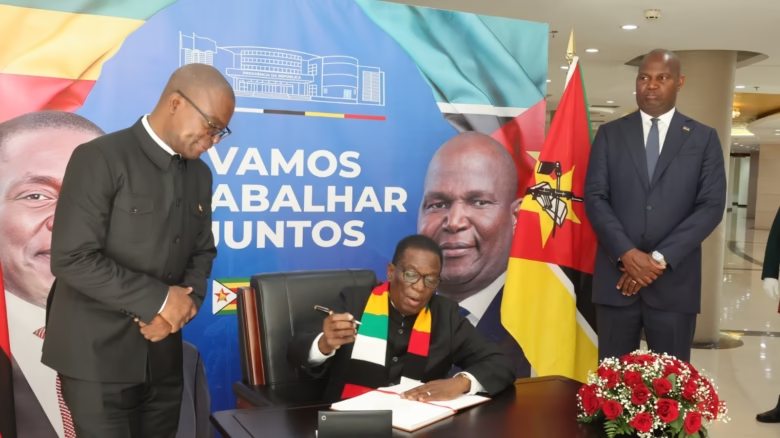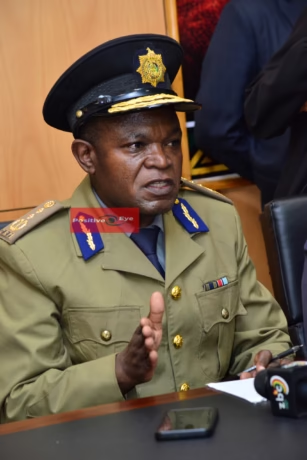
The recent visit by Her Excellency Dr Nkosazana Dhlamini-Zuma to Liberation City in Harare, under the banner of the FPA Excellence initiative, has reinforced the continental significance of a project that is steadily rising as a heritage landmark for Africa. Liberation City is more than a construction venture, it is a living archive that seeks to tell Africa’s story by Africans themselves, through African eyes and African hands. The development is firmly grounded in the philosophy that the continent’s history of liberation, resilience and unity must not only be preserved but celebrated in a manner that empowers present and future generations.
What makes Liberation City unusual and deeply symbolic is its multi-purpose nature, combining the Museum of African Liberation with a heritage village, commercial ventures, an amusement park, a five-star hotel and world-class facilities. This blend of history, leisure and commerce ensures that the project does not remain a static monument but evolves into a sustainable hub that will draw millions while keeping the memory of Africa’s liberation struggles alive. The decision by INSTAK, under Ambassador Kwame Muzawazi’s leadership, to integrate commercial models into the preservation of heritage is not only innovative but also necessary in ensuring accessibility. By making the Museum affordable, it dismantles barriers that often limit cultural and historical appreciation to the privileged, opening the doors to all Africans, especially the youth who must inherit these stories.
Dr Dhlamini-Zuma’s remarks that the project reclaims identity and demonstrates self-reliance carry profound meaning for Africa’s broader quest for narrative sovereignty. Her emphasis that the development is being built by Africans, not imported expertise, underscores the value of confidence in local capacity. It aligns with the African Union’s Agenda 2063 aspiration for an Africa that defines its destiny, crafts its own future and preserves its legacy.




